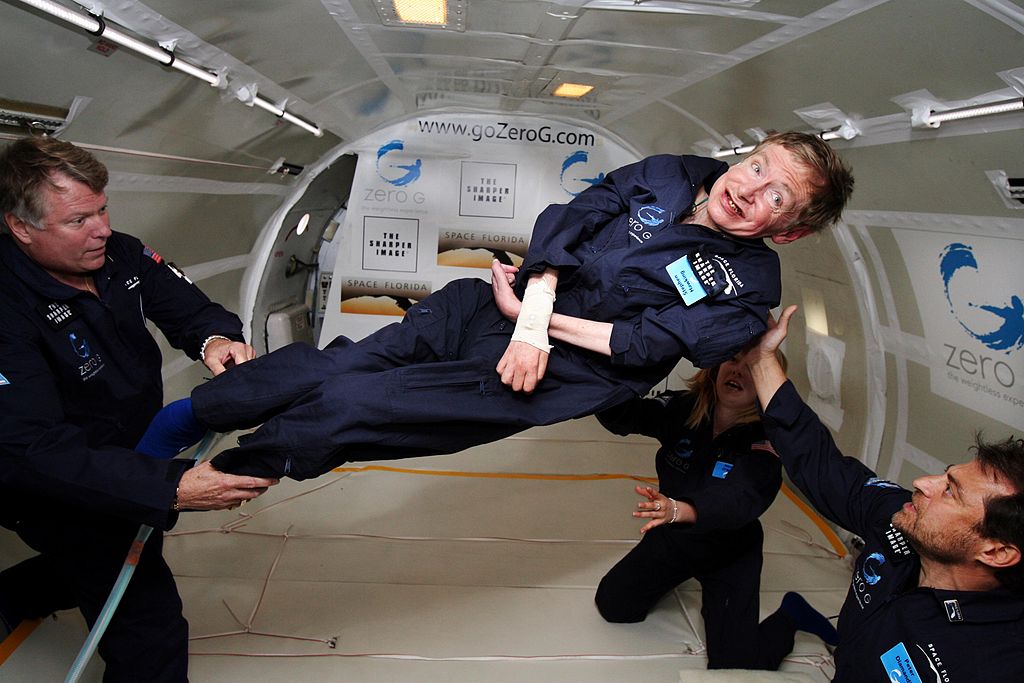Page Summary
-
ML Kit's Face Detection API can detect faces and their features in images and videos, but it does not recognize individuals.
-
It can be used for tasks such as adding effects to photos, creating avatars, and building interactive applications that respond to facial expressions.
-
The API provides facial feature coordinates, contours, expression detection (like smiling), and face tracking across video frames.
-
Face detection happens on the device and is fast enough for real-time applications.

With ML Kit's face detection API, you can detect faces in an image, identify key facial features, and get the contours of detected faces. Note that the API detects faces, it does not recognize people .
With face detection, you can get the information you need to perform tasks like embellishing selfies and portraits, or generating avatars from a user's photo. Because ML Kit can perform face detection in real time, you can use it in applications like video chat or games that respond to the player's expressions.
Key capabilities
- Recognize and locate facial features Get the coordinates of the eyes, ears, cheeks, nose, and mouth of every face detected.
- Get the contours of facial features Get the contours of detected faces and their eyes, eyebrows, lips, and nose.
- Recognize facial expressions Determine whether a person is smiling or has their eyes closed.
- Track faces across video frames Get an identifier for each unique detected face. The identifier is consistent across invocations, so you can perform image manipulation on a particular person in a video stream.
- Process video frames in real time Face detection is performed on the device, and is fast enough to be used in real-time applications, such as video manipulation.
Example results
Example 1

For each face detected:
| Face 1 of 3 | |||||||
|---|---|---|---|---|---|---|---|
| Bounding polygon | (884.880004882812, 149.546676635742), (1030.77197265625, 149.546676635742), (1030.77197265625, 329.660278320312), (884.880004882812, 329.660278320312) | ||||||
| Angles of rotation | Y: -14.054030418395996, Z: -55.007488250732422 | ||||||
| Tracking ID | 2 | ||||||
| Facial landmarks |
... etc. |
||||||
| Feature probabilities |
|
||||||
Example 2 (face contour detection)
When you have face contour detection enabled, you also get a list of points for each facial feature that was detected. These points represent the shape of the feature. The following image illustrates how these points map to a face. Click the image to enlarge it:
| Facial feature contours | |
|---|---|
| Nose bridge | (505.149811, 221.201797), (506.987122, 313.285919) |
| Left eye | (404.642029, 232.854431), (408.527283, 231.366623), (413.565796, 229.427856), (421.378296, 226.967682), (432.598755, 225.434143), (442.953064, 226.089508), (453.899811, 228.594818), (461.516418, 232.650467), (465.069580, 235.600845), (462.170410, 236.316147), (456.233643, 236.891602), (446.363922, 237.966888), (435.698914, 238.149323), (424.320740, 237.235168), (416.037720, 236.012115), (409.983459, 234.870300) |
| Top of upper lip | (421.662048, 354.520813), (428.103882, 349.694061), (440.847595, 348.048737), (456.549988, 346.295532), (480.526489, 346.089294), (503.375702, 349.470459), (525.624634, 347.352783), (547.371155, 349.091980), (560.082031, 351.693268), (570.226685, 354.210175), (575.305420, 359.257751) |
| (etc.) | |

